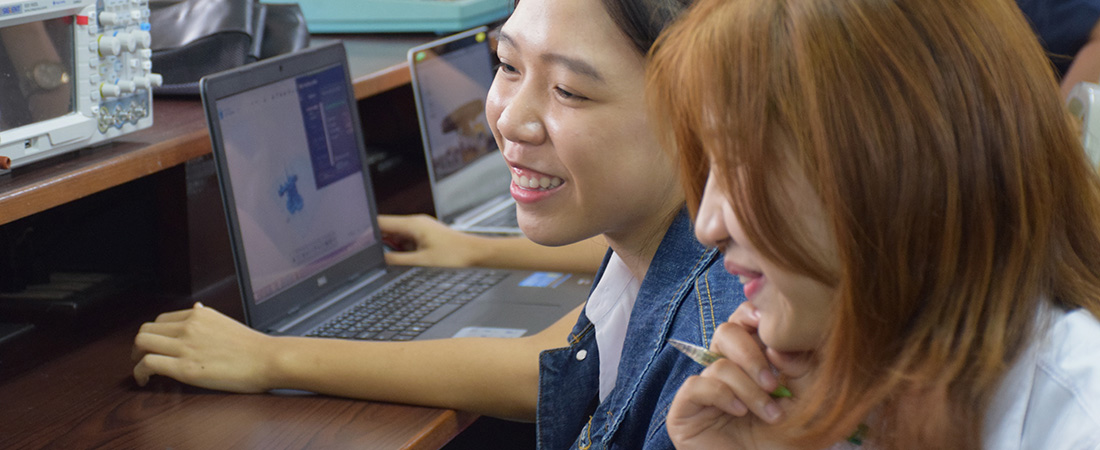Increasing Access, Improving Quality

- Globally, an estimated 31 million girls of primary school age are not enrolled in school. 17 million of them will never enter school.
- Of the 774 million illiterate people globally, two-thirds of them are female.
- According to UNESCO estimates, rates of child marriage, early births, and number of births over a lifetime all decrease as women achieve higher levels of education.
Source: UNESCO Education for All Global Monitoring Report, October 2013
Worldwide, a persistent gender gap continues to limit economic and educational opportunities for women and girls. What will it take to reach true gender equity?
One way is by developing programs that specifically aim to support girls and women. EDC’s Sabeen Faizullah says that when these programs take root, entire communities can benefit. She shares her thoughts on the importance of developing programs for women and girls in this interview for International Women’s Day (March 8).
Q: What are some of the barriers faced by women and girls worldwide?
Faizullah: Access to education remains one of the biggest challenges. When girls stay in school, their life outcomes are simply better, measured both in terms of health and economics. Unfortunately, there are many communities where girls simply are not allowed, encouraged, or able to go to school. The UN estimated that in 2013, 31 million primary school-aged girls around the world were out of school.
But we also have to remember that it’s not enough for girls to just be enrolled. We need to focus on the quality of the experience, too. Are schools safe places for girls? Are they sanitary? Do girls have the same opportunities for participation and success as their male counterparts? These are all critical issues that we need to address.
Q: How do communities change when women have more economic opportunities?
Faizullah: There are many community benefits from increased participation of women in the workforce. One of the chief benefits is that the labor market is diversified.
For example, EDC helped a group of youth in Bangladesh, over 40 percent of whom were women, get their start in the local shrimp farming industry as part of a microenterprise project funded by USAID. In this community, aquaculture was a fast-growing industry, but the sector was traditionally male. However, through the trainings offered, the women thrived and became more confident and comfortable working alongside their male counterparts.
Some of the women even began to manage male workers and expanded the local industry further by starting their own businesses. The market as a whole was improved because of these women’s participation in it. More importantly, the community’s mindsets began to shift as they saw the women perform and excel as equally as men in the industry.
Q: What’s important to keep in mind when developing programs that aim for gender parity?
Faizullah: There are three areas that are critical to consider: access, opportunity, and outcomes. Do females and males have safe and equal access to services? Do females and males have an equal opportunity to achieve? Are females and males reaching outcomes equitably? This approach helps us identify what barriers might be in play and ultimately helps us figure out how to overcome them.
Q: People around the world are making a “pledge for parity” in honor of International Women’s Day. What does parity mean to you?
Faizullah: I think parity is about access to, and equity in, opportunity. After the UN’s Fourth World Conference on Women in 1995, followed shortly thereafter by the inclusion of gender equality in the UN’s Millennium Development Goals, there was a concentrated push globally to get more girls into school. It worked, and enrollment numbers increased like never before.
But then there was a recognition that access was not nearly enough, especially if the quality of the educational experiences for these girls was poor. So over the last decade, international development projects have been focusing more on improving quality.
So to me, parity means that you don’t have to choose between access and quality. There are still significant barriers to getting all girls to school and to getting women engaged across the economic sector. The question of quality will also take time to address, so there clearly is still a lot more to be done.
